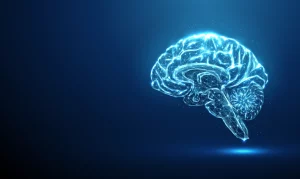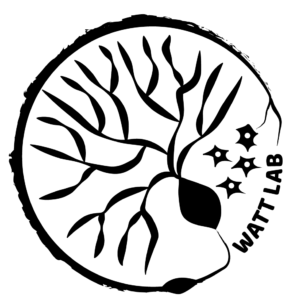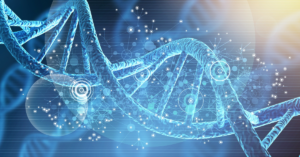
Identificación de moléculas aprobadas por la FDA para tratar SCA6
Escrito por la Dra. Hannah Shorrock Editado por la Dra. Larissa Nitschke. Publicado inicialmente en el 7 de mayo de 2021. Traducción al español fueron hechas por FEDAES y Carlos Barba. Pastor y sus colegas identifican pequeñas moléculas aprobadas por la FDA que reducen selectivamente la proteína tóxica expandida con poliglutamina Read More…

















